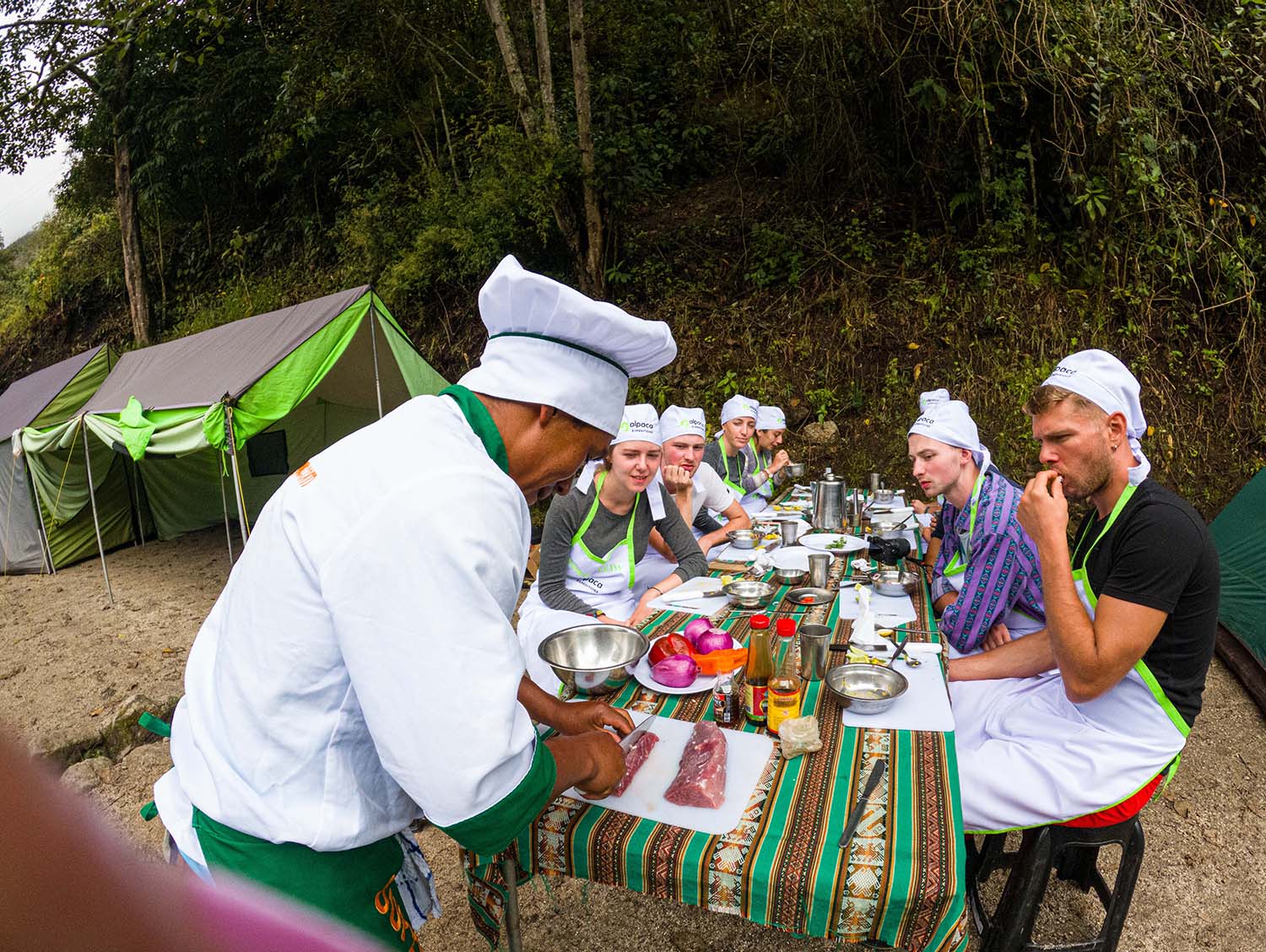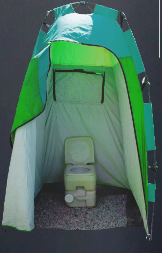Machu Picchu vs. Cusco Altitude: How to Acclimatize Before Your Hike
Machu Picchu vs. Cusco Altitude:
Traveling to the Peruvian Andes is a unique experience, but the altitude can be a challenge for many travelers. Cusco and Machu Picchu have significant differences in elevation, which can affect acclimatization and physical performance during the hike. Machu Picchu vs. Cusco Altitude: How to Acclimatize Before Your Hike.
Cusco is located 3,400 meters above sea level, while Machu Picchu is at 2,430 meters. This difference in altitude can cause symptoms of altitude sickness, such as fatigue, dizziness, and shortness of breath.
Proper adaptation is key to enjoying the trip without discomfort. Acclimatization is essential to avoid altitude sickness and ensure a safe and enjoyable experience. A good preparation plan allows travelers to fully enjoy the landscapes and cultural richness of the region without worry.
Why is it important to prepare before the hike? Because the body needs time to adjust to the lack of oxygen at higher elevations. By following a few recommendations, such as arriving days in advance, staying well hydrated, and engaging in light activities in Cusco and Machu Picchu, you can minimize the effects of altitude and make the most of your adventure.
Machu Picchu vs. Cusco Altitude: Altitude difference
The altitude difference between Cusco and Machu Picchu is a key factor travelers should consider before their trek. Cusco is located at 3,400 meters above sea level, while Machu Picchu is at a lower altitude of 2,430 meters.
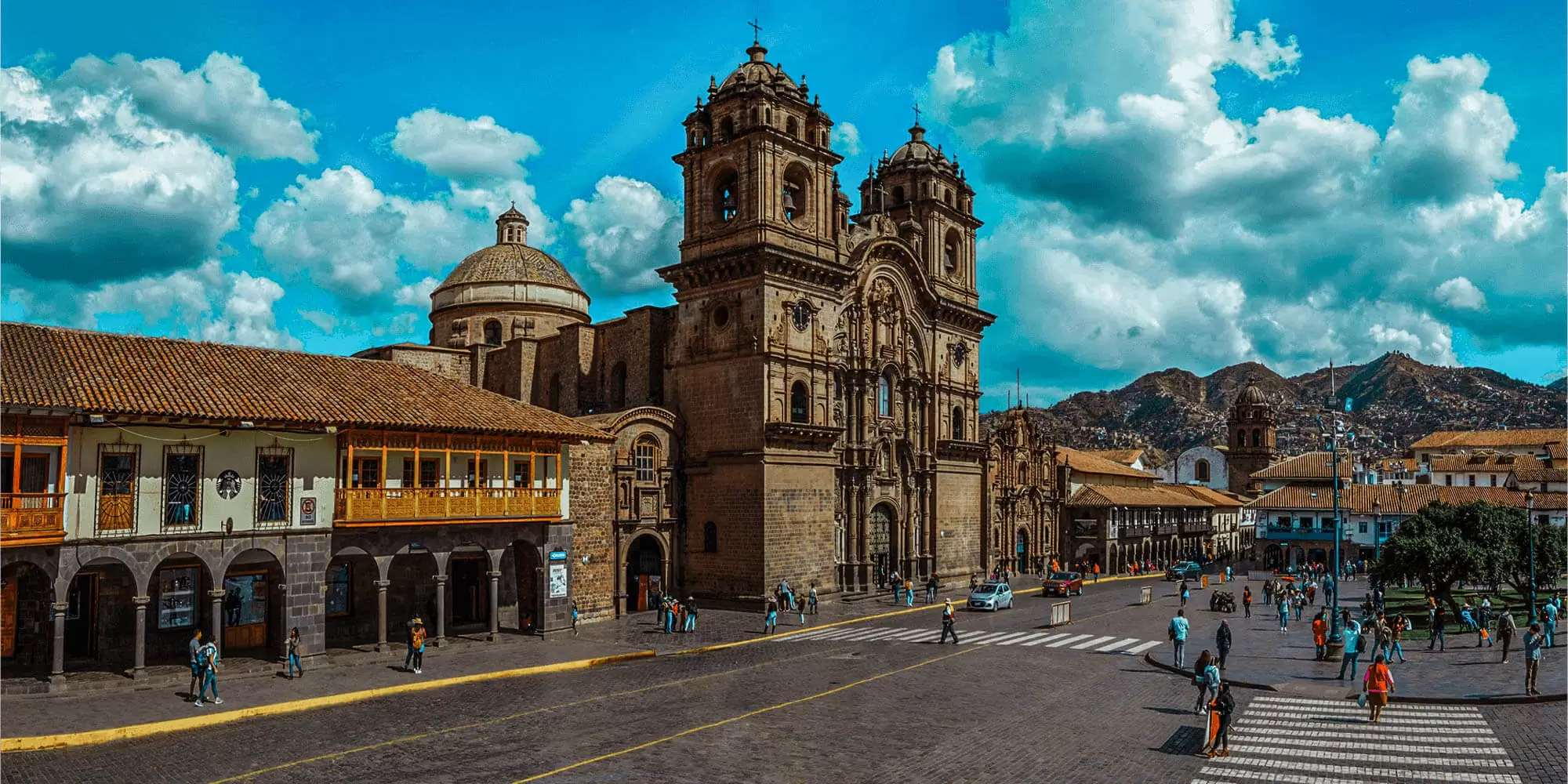
This difference can influence the body’s ability to adapt to the altitude, especially when arriving from lower altitudes.
In Cusco and Machu Picchu, the air is thinner, meaning less oxygen is available. In Cusco, the higher altitude can cause symptoms of altitude sickness, such as headache, dizziness, fatigue, and shortness of breath.
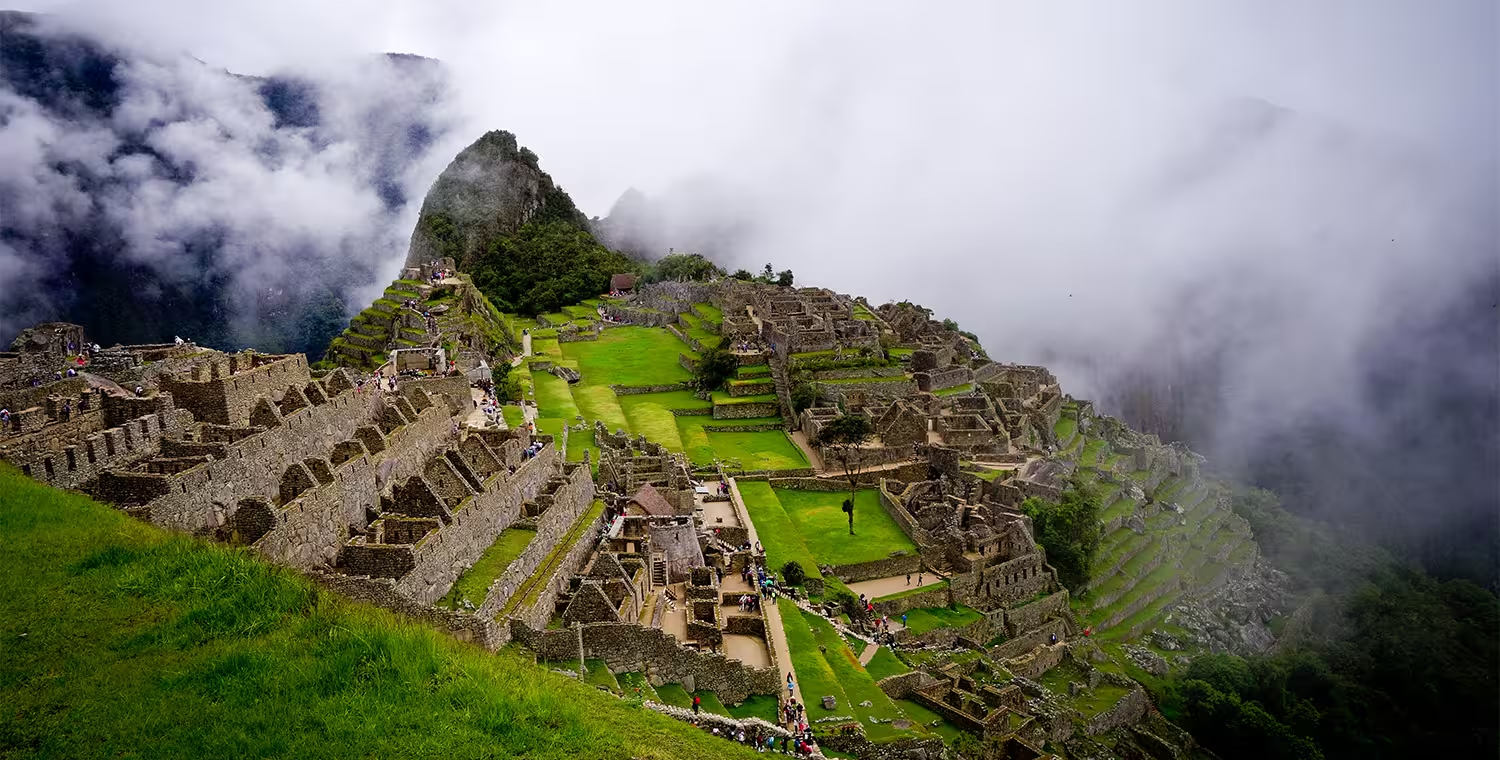
Some people may take one to two days to acclimatize before engaging in strenuous physical activity. On the other hand, upon descending to Machu Picchu, many travelers experience relief, as the lower altitude makes breathing easier and reduces the effects of altitude sickness.
However, for those embarking on long hikes, such as the Inca Trail, proper acclimatization in Cusco is essential to improve physical performance and enjoy the experience without complications.
Symptoms of Altitude Sickness and How to Prevent It
Altitude sickness, also known as soroche, is a common condition in high-altitude areas like Cusco and Machu Picchu. It occurs when the body doesn’t receive enough oxygen due to lower atmospheric pressure.
The most common symptoms include headache, fatigue, dizziness, nausea, and shortness of breath. Although not all travelers experience it, it’s important to take precautions to minimize its effects.
To avoid altitude sickness, it’s recommended to arrive in Cusco early and spend at least one or two days adjusting before starting any trek. During this time, avoid intense physical activity and allow your body to acclimate to the altitude.
Staying well hydrated is essential. Drinking plenty of water helps your body oxygenate better. It’s also recommended to avoid alcohol and caffeine, as they can cause dehydration and worsen symptoms.
Another important tip is to eat light and avoid heavy meals. Choosing carbohydrate-rich, easy-to-digest foods can help maintain energy without overloading the digestive system.
Tips for Acclimatizing Before the Hike
To acclimatize before the hike, it’s essential to take it easy and allow your body to gradually adjust to the altitude. An excellent option is to explore Cusco and Machu Picchu with light hikes. In Cusco, it’s recommended to visit the Plaza de Armas, the San Blas neighborhood, and Sacsayhuamán, ideal places to get used to the altitude without overexerting yourself.
Another effective strategy is to visit the Sacred Valley before the trek. Places like Pisac and Ollantaytambo are at a lower altitude than Cusco, which facilitates gradual acclimatization. Additionally, spending a night in Ollantaytambo before the hike helps reduce the impact of altitude sickness.
Natural remedies also play an important role. Coca leaf infusion is a traditional Andean method that helps improve oxygenation and relieve the symptoms of altitude sickness. Other remedies include muña tea, which aids digestion and the respiratory system.
By following these tips, travelers can enjoy their adventure in Cusco and Machu Picchu without worrying about the effects of altitude, ensuring an unforgettable experience in the Peruvian Andes.
Alpaca Expeditions’ Recommendations for a Better Experience
Alpaca Expeditions ensures that every traveler enjoys a safe and enjoyable experience between Cusco and Machu Picchu. To this end, we offer several strategies to facilitate acclimatization before the trek.
Our itineraries are designed so that travelers spend time in Cusco before beginning their trek. We recommend exploring sites such as Sacsayhuamán or the Sacred Valley to gradually adapt to the altitude. We also provide advice on hydration, light meals, and traditional remedies such as coca tea.
On each tour, we guarantee safety with professional equipment and expert guides who continuously monitor the trekkers’ condition. We have emergency oxygen, medical kits, and satellite communication to respond to any unforeseen events.
Travelers who have toured Cusco and Machu Picchu with Alpaca Expeditions highlight the quality of our service and the importance of properly acclimatizing before the trek. Many comment that our advice and support made a huge difference in their experience, allowing them to fully enjoy the adventure without complications.
Traveling with Alpaca Expeditions means exploring the Andes with confidence, comfort, and safety. We are ready to make your trip an unforgettable experience!
Conclusion
Acclimatizing before a trek is key to fully enjoying the Andes experience. The difference in altitude between Cusco and Machu Picchu can affect travelers in different ways, so it’s important to take precautions.
Drinking enough water, getting plenty of rest, avoiding alcohol, and taking light walks in Cusco before the trek are some of the best ways to prepare.
Additionally, visiting the Sacred Valley before the trek helps the body better adapt. Drinking coca leaf tea and other natural remedies can also alleviate the symptoms of altitude sickness.
By choosing to travel with Alpaca Expeditions, tourists receive the best support to acclimate and enjoy themselves worry-free. Our team of expert guides, personalized attention, and safety measures, such as emergency oxygen, ensure a comfortable and safe experience.
Don’t let the altitude ruin your adventure. Prepare properly and discover the magic of Cusco and Machu Picchu with the best tour agency in Peru. Book your trip with Alpaca Expeditions and live an unforgettable experience!
You might like these as well:
Alpaca Expeditions Recognitions
ISO (International Organization for Standardization)
In the pursuit to stand out from the rest, Alpaca Expeditions has obtained four ISOs plus our carbon footprint certificate to date. These achievements result from our efforts to implement the internationally-recognized integrated management system. They also represent our commitment to all of our clients and staff of operating sustainability and responsibility in every way possible.
TRIPADVISOR RECOGNITIONS
Our goal at Alpaca Expeditions is to create the best experience for all of our clients. We create journeys that are to be remembered for a lifetime. Journeys you can be proud of and can share with everybody around you.
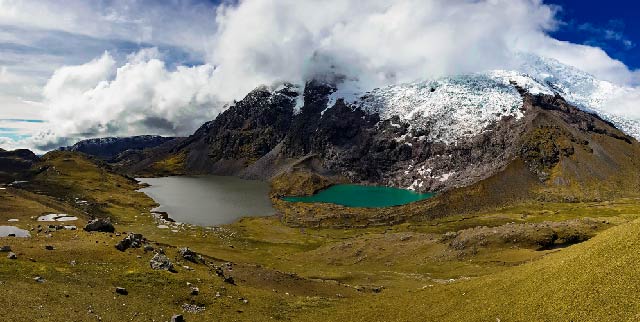
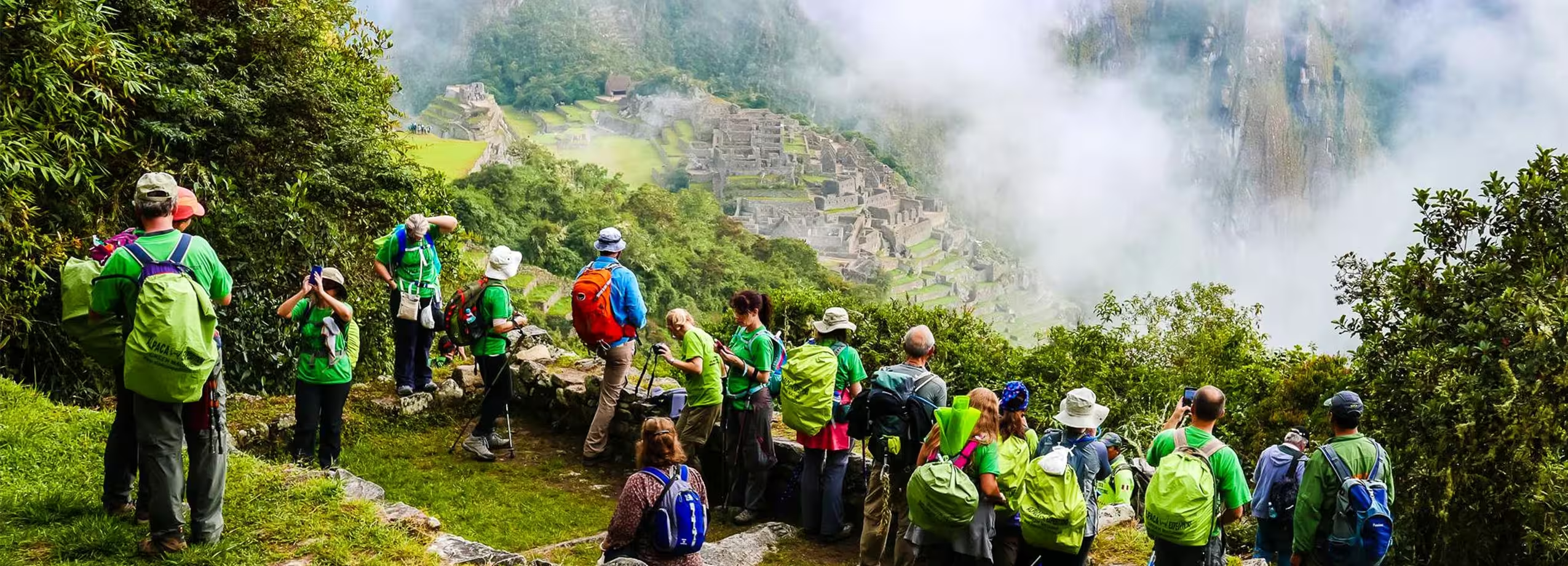
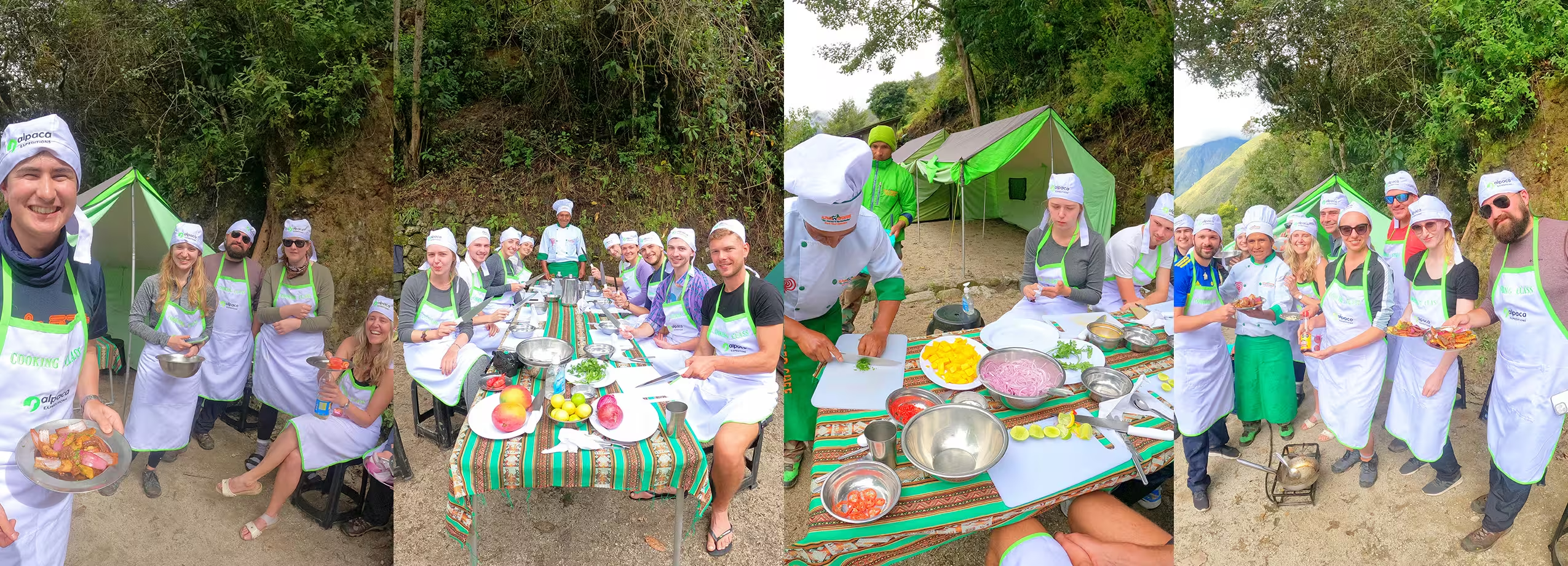
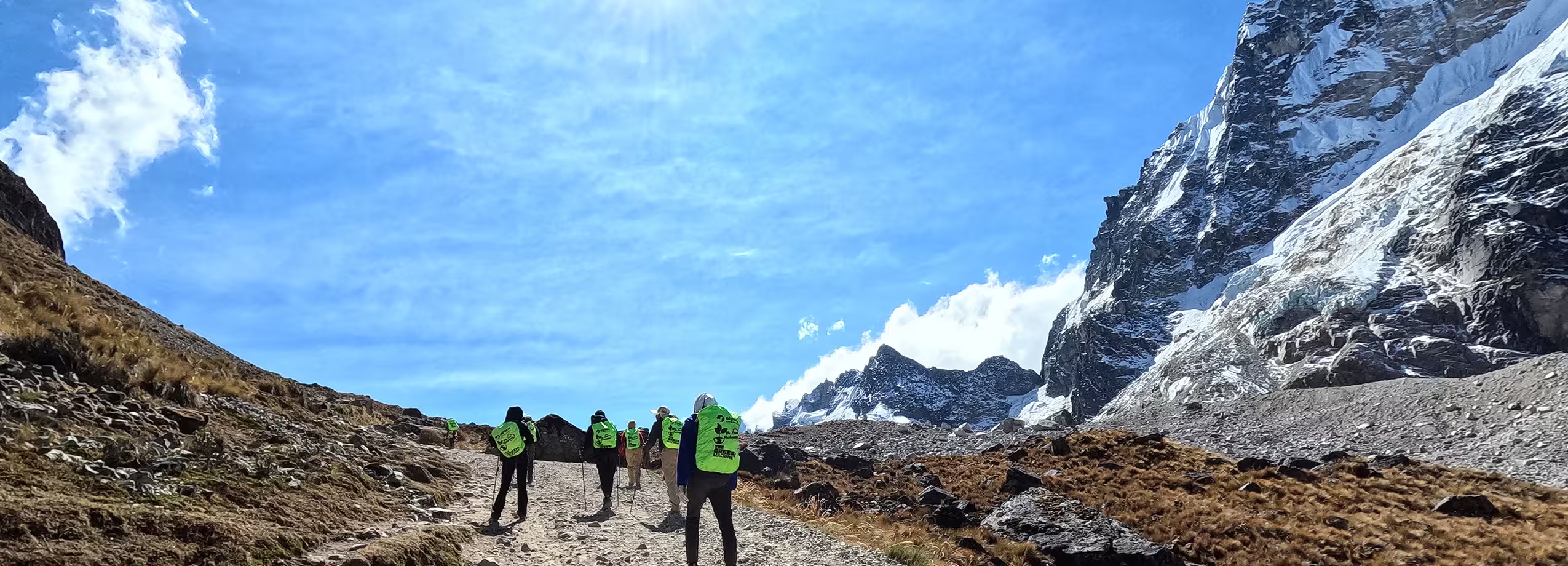
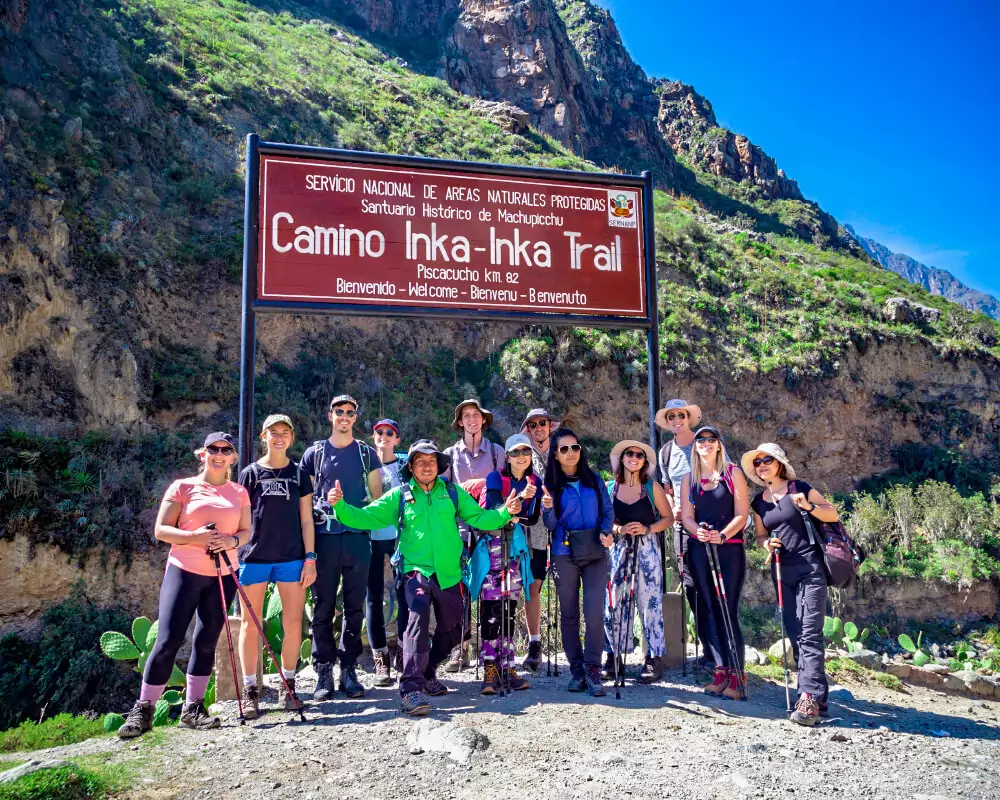
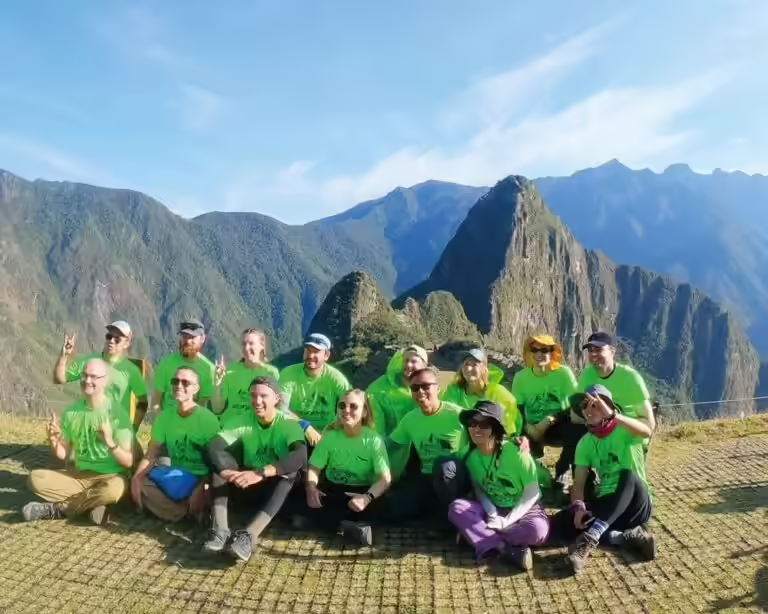
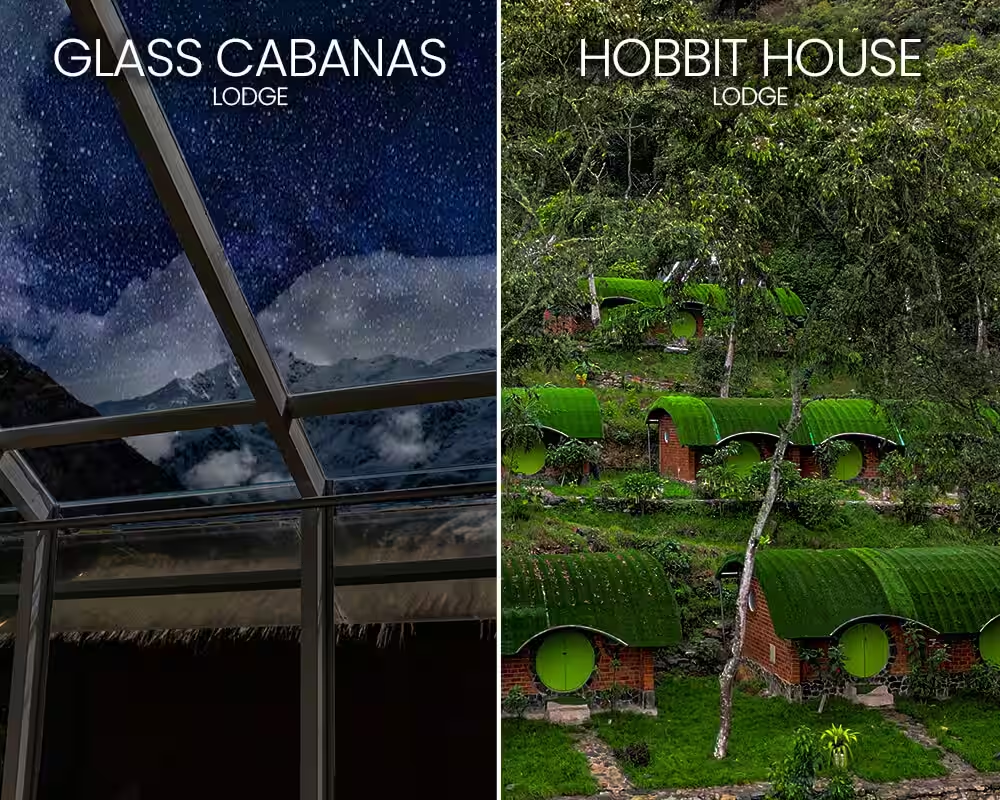


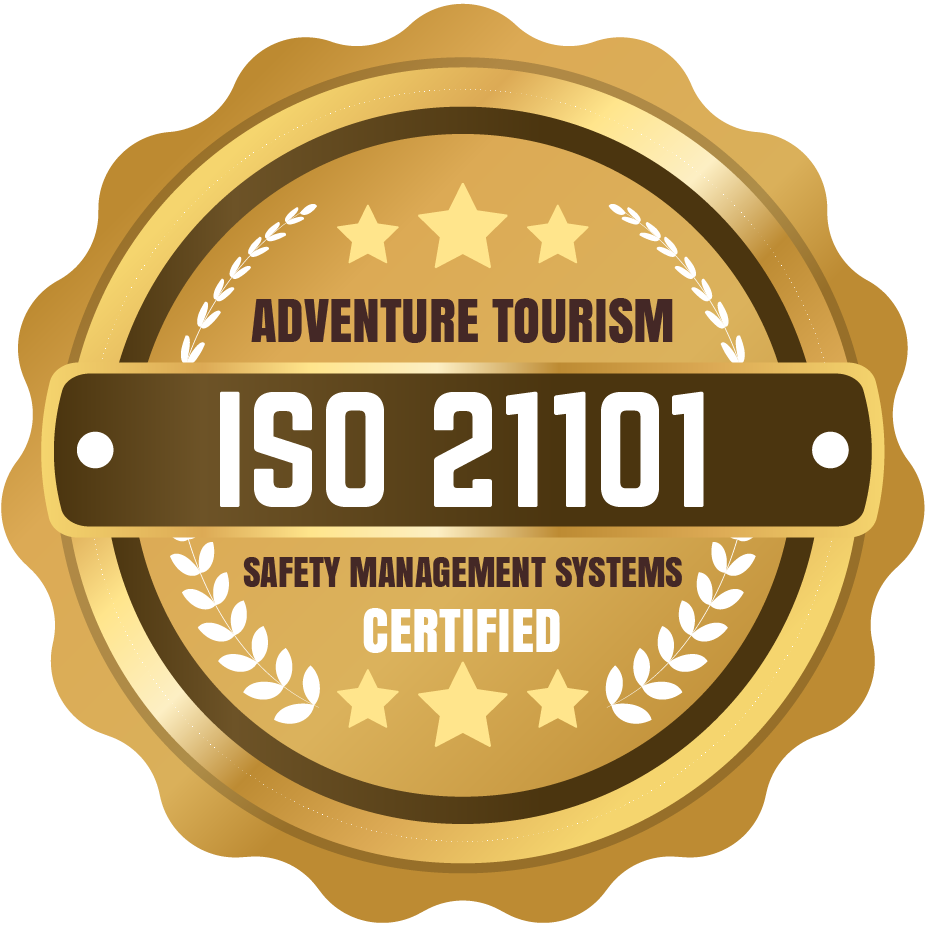
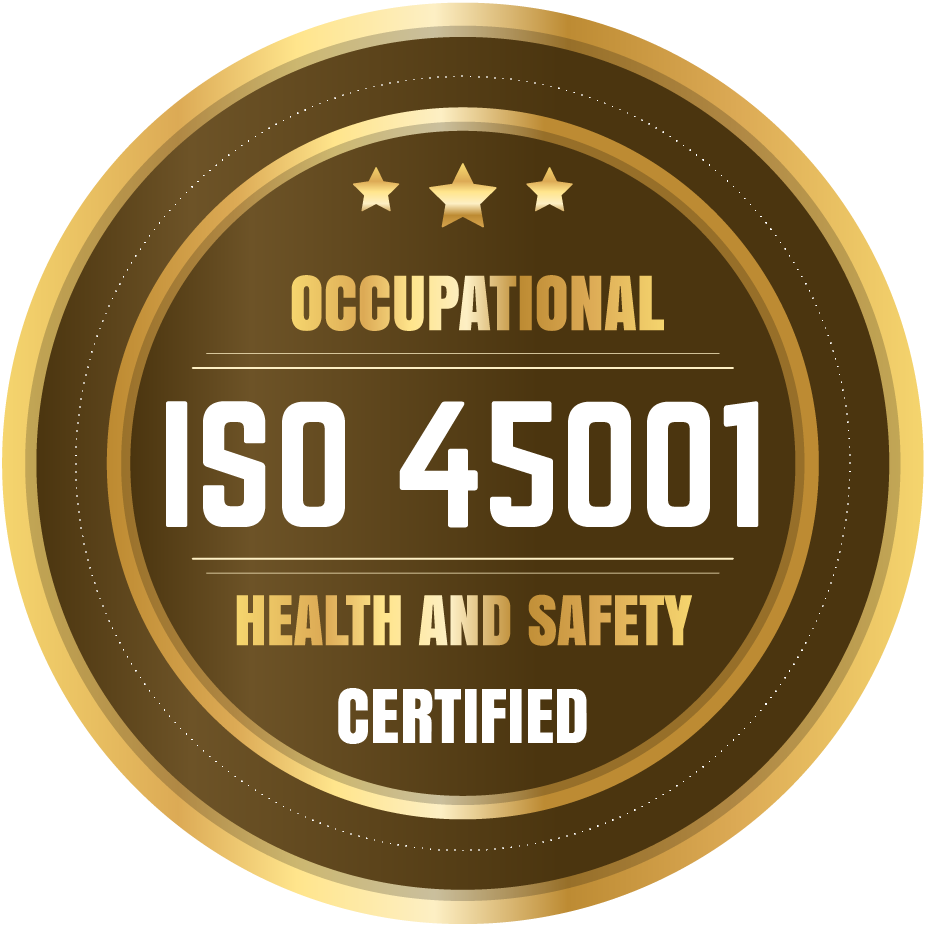
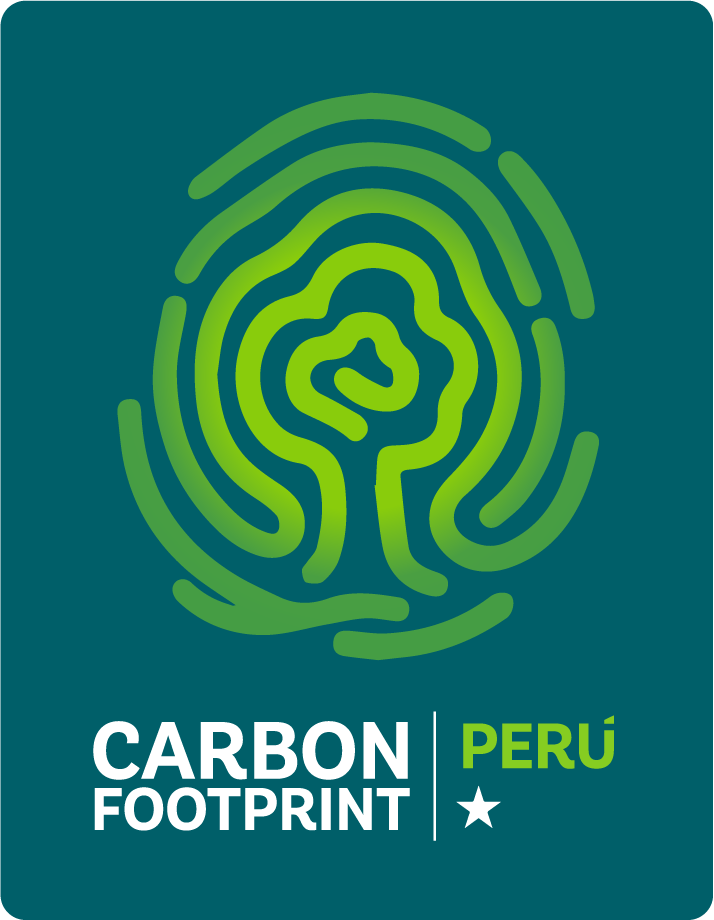




























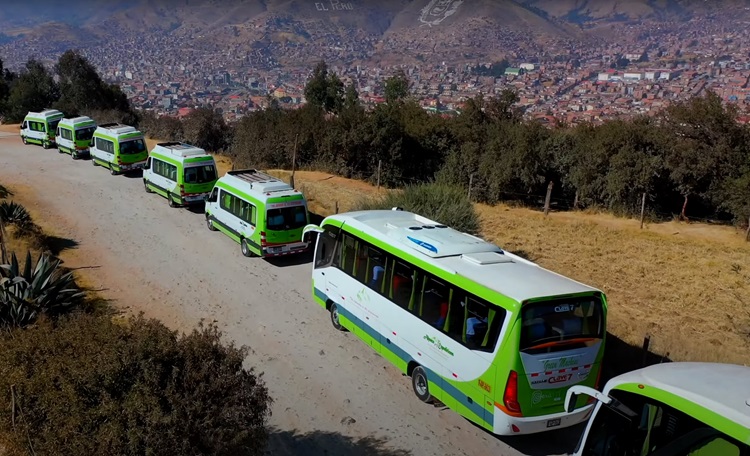
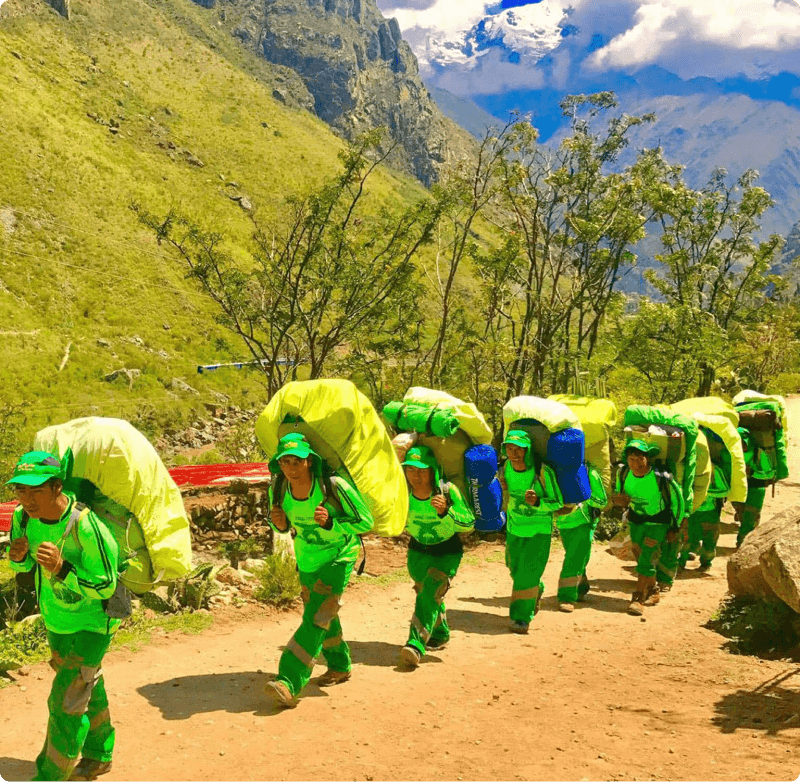 Porters will carry up to 7 kg of your personal items, which must include your sleeping bag and air mat (if you bring or rent one). From us, these two items weigh a combined total of 3.5 kg.
Porters will carry up to 7 kg of your personal items, which must include your sleeping bag and air mat (if you bring or rent one). From us, these two items weigh a combined total of 3.5 kg.